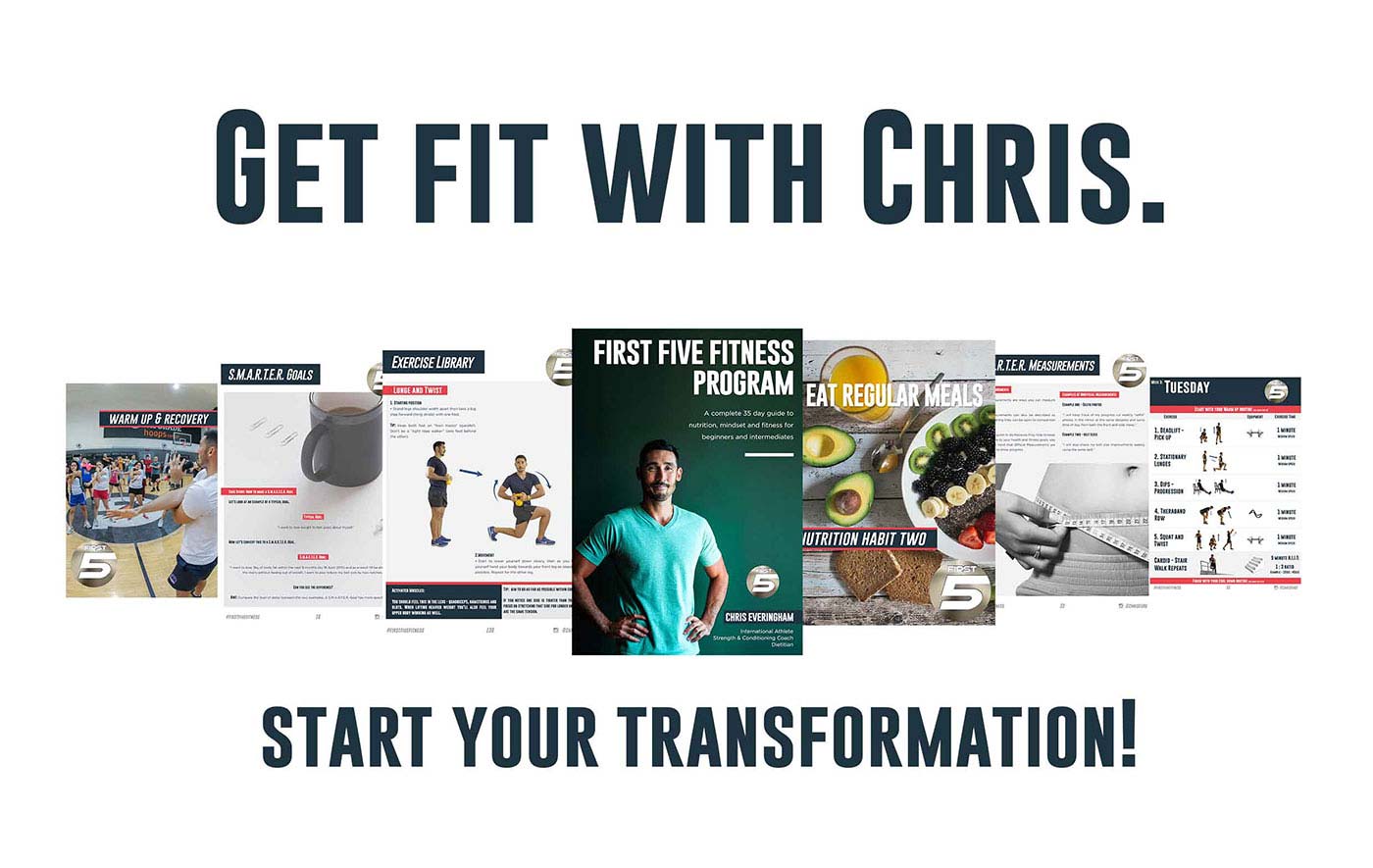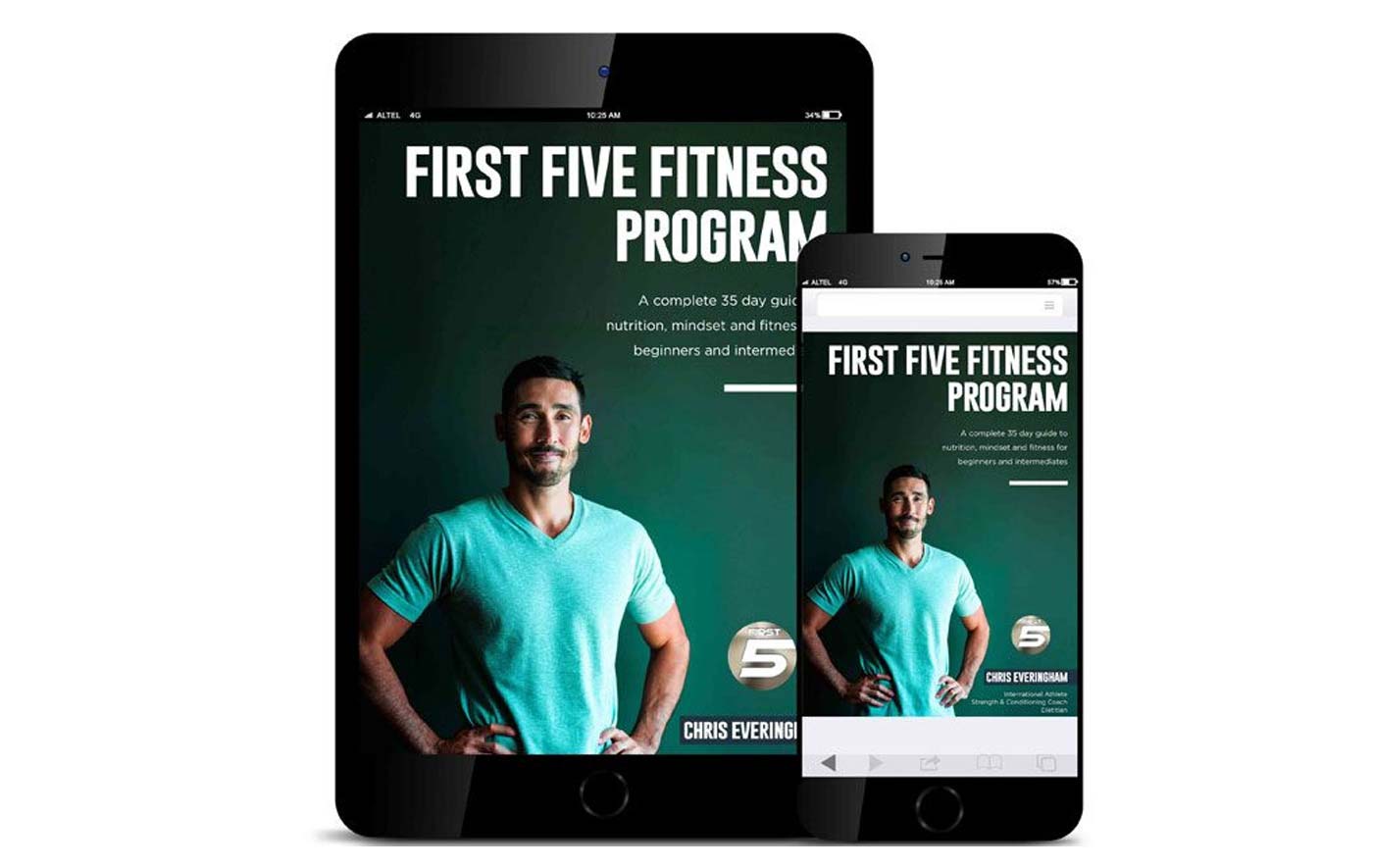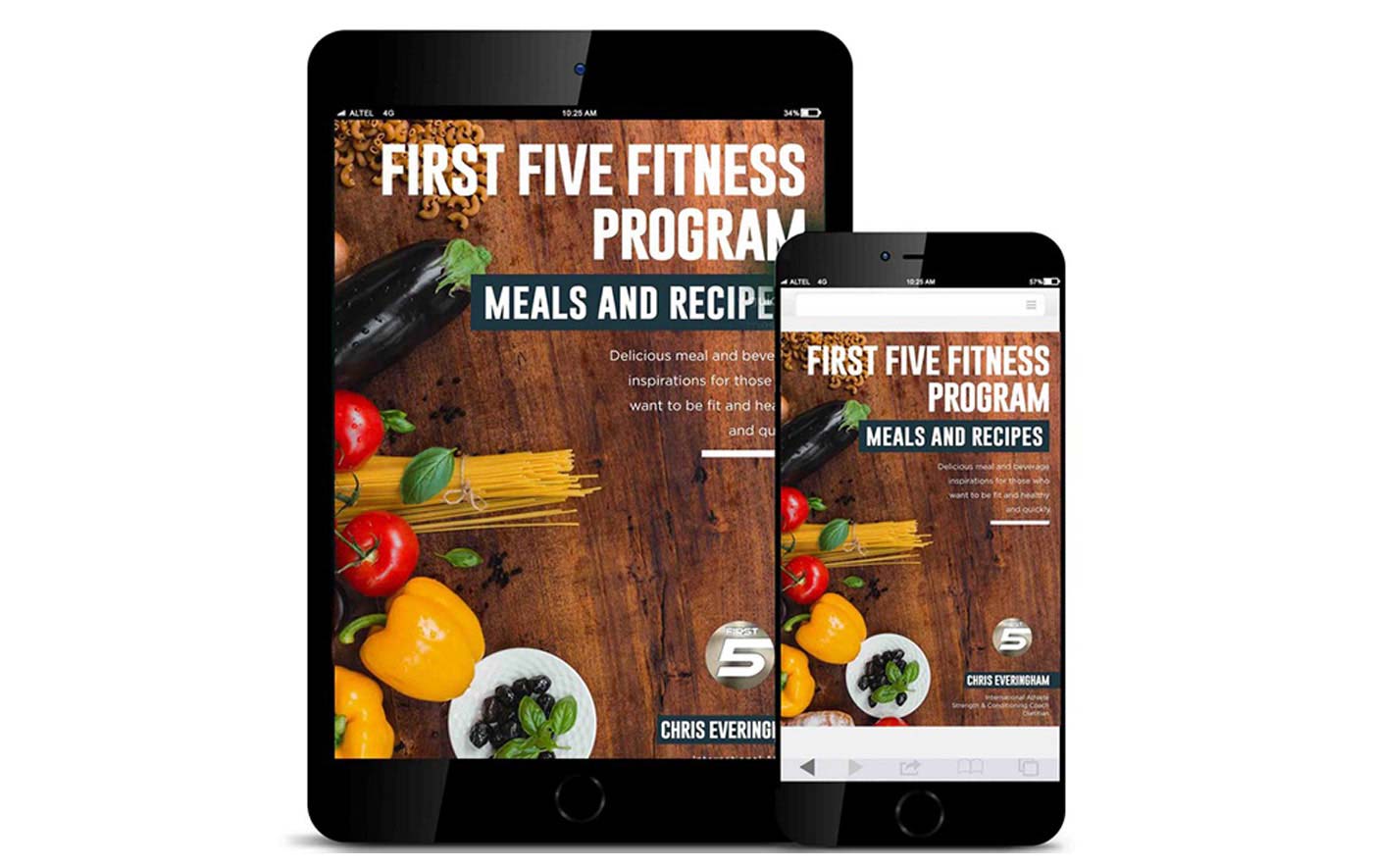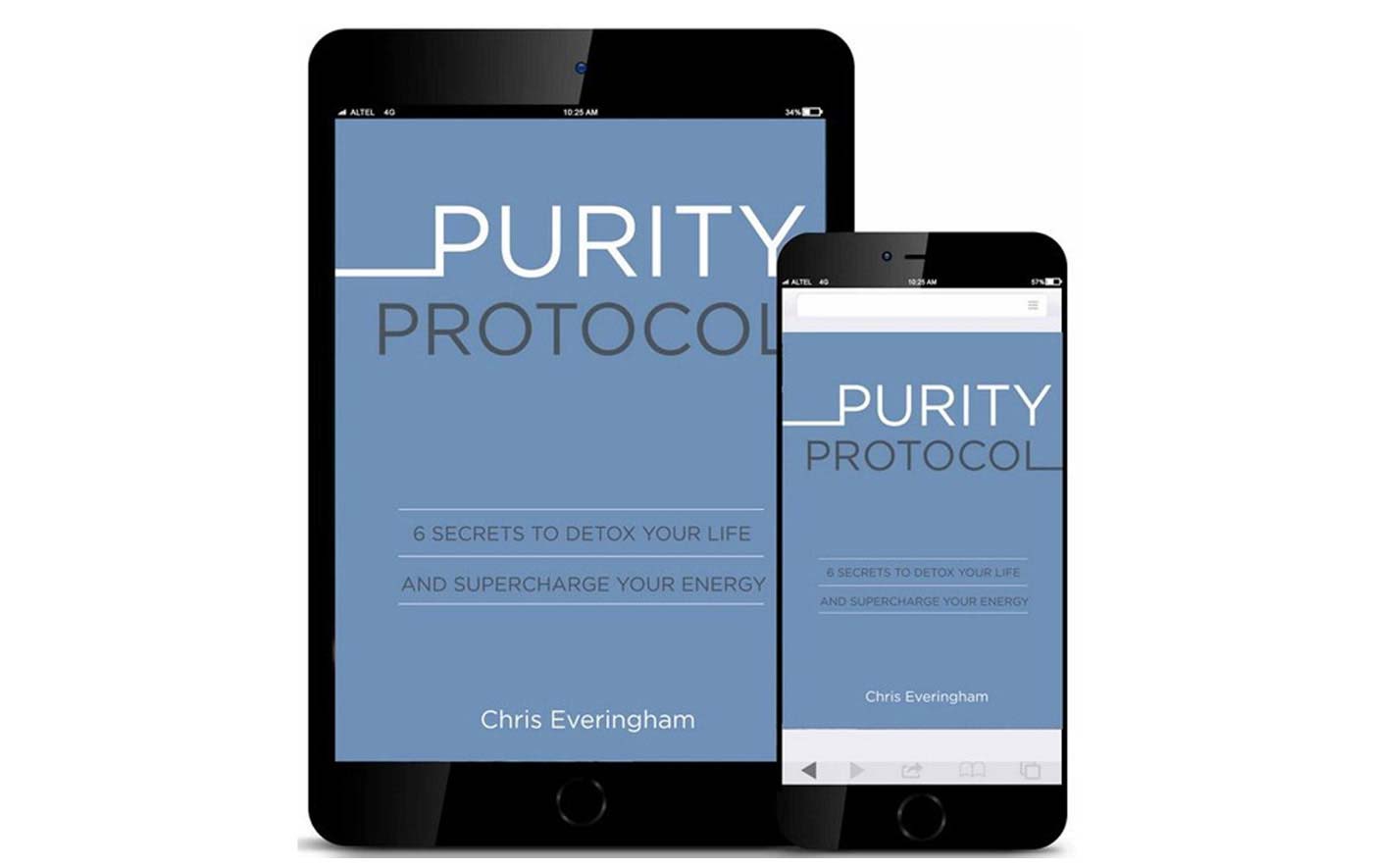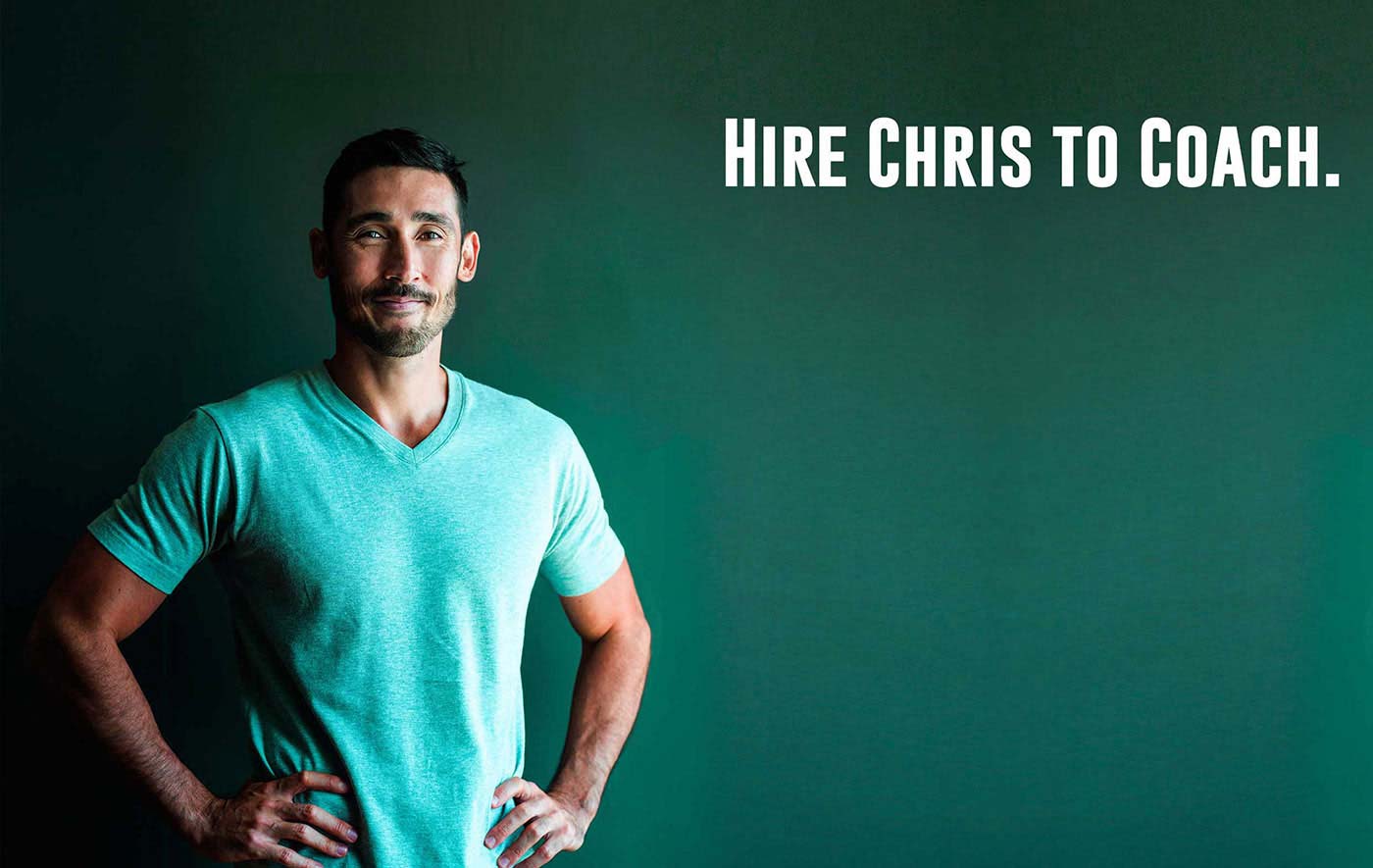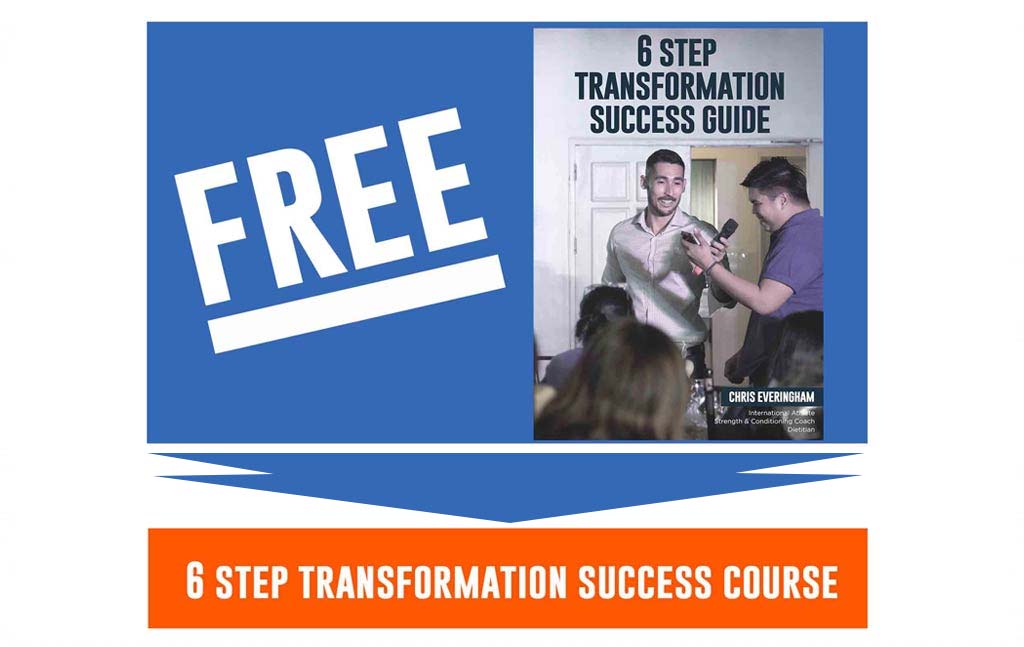
Episode 26 – Kick the habit: a guide to improve your habits
While today’s article is quite broad and can be applied to most, if not all habits, let’s use this article to both discuss basic health and fitness habit loops and as a guide to improve your habits overall.
1. What’s a habit?
Habits are basically time and energy savers for the brain. A habit helps to automate your choices and decisions and, thus conserves energy in the thinking process. There are three (3) basic components to a habit:
Cue
The cue is the stimulus or the trigger part of the habit loop. In NLP, this is called an anchor. This will prime you to move into the routine directly after it.
Here are some obvious examples:
- When you’re at the beach and you hear the sound of melodic children’s music getting louder and louder (or even just a bell) – who is it? It’s an ice cream man.
- Another classic example is the smell of the bakery or the smell of coffee beans from the coffee cart.
- When I wake up (cue), I always stretch for 10 minutes (routine).
Routine
The Routine component is basically the action or thing you do.
For example:
- When I smell coffee (cue), I may automatically want to buy coffee (routine).
- When I hear my alarm (cue), I get up to start my day (routine) (or press snooze…. also a routine).
Reward
The reward is the outcome, feeling or the achievement from doing the routine. In the video, I gave very brief examples of rewards such as,
- “feeling good”
- “feeling cool”
It probably didn’t make much sense so I’ll explain it here:
“feeling good”
This reward might be exemplified more in the following examples:
- the “runner’s high” you get after a jog
- the sugar, salt and fat rush after you eat fast food fries
- the caffeine buzz hit after you drink your coffee.
“feeling cool”
This is more of a psychological reward and some examples may include:
- The feeling of an elevated “social” status from buying new clothes or shoes might make you “feel cool”
- The feeling of getting more “street cred” or a good reputation after doing a good deed
- It might even be something as complex as smoking a cigarette because you thought a ruggered man on a horse looked cool (and he was smoking) and you somehow emotionally associated yourself with that image (so called, “feeling cool”) and never consciously addressed that decision again (until now).
2. Why do you do the habit in the first place?
Let’s focus on the rewards component. This is important in understanding why you do the routine. When you do this, you can start to identify which routines will give the same reward. When you do this, you can replace the current routine with a similar routine that gives the same reward but is healthier or more geared towards your health and fitness goal.
For example,
If you’re feeling tired at 6 pm (cue) and you want to feel more energy or “feel more alive” (rewards). Your original routine might be – to eat food (such as fast food).
Let’s break it down
This look at this example again in more detail:
You feel tired at 6 pm (cue), so you eat fast food (routine) and then you feel more “energetic” (reward).
Ask yourself, what else could you do in the routine component to get more energetic? Some examples of routines may include:
- Wash face
- Go for a walk
- Eat a healthier option such as fruit (perhaps an apple)
- Go for some green tea
We do it for the rewards
What are your rewards? The “energetic” part of eating fast food might be the rush of hormones in your mind. The question then becomes, what routines give you the same (or near same) rewards but are healthier?
In this example, the alternative routines could be any (or all) of the following:
- Washing your face will wake you up because it’ll cause an increase in blood flow to the face and eyes and thus providing them with more energy.
- Going for a walk will get the blood flow up and stimulate feel good hormones to be released.
- Eating fruit will give you a rush of good carbs and the same “feel good” hormones you get from eating.
- Finally, green tea will give you a mellow hit of caffeine and theanine so you feel more alert and yet relaxed.
The rewards you seek
All of these routines will give you the “rewards” you seek but are healthier overall. If it’s not the “feeling” rewards you seek, it might be “memory / nostalgic ” rewards. This would have a completely different set of routines (eg. look at photos of those memories, call that person up, do something that’s fulfilling but non-food related, etc.) It all comes down to understanding what rewards you seek!
So now you can start to understand how to find a suitable replacement for the middle component of the habit loop (the routine) – simply think about the reward you are seeking.
How else can you improve your habits? Read on for the rest of my guide to improve your habits!
Chris Everingham lives and breathes health & fitness.
Hi, I’m Chris Everingham.
I’m sharing the holistic performance secrets that I both personally used to overcome racial scrutiny, escape poverty and depression, AND taught others so that they too could bring proven success and happiness into their lives.
Learn more about my time competing in international sports, in front of media and speaking with live audiences of thousands of people to discover my high performance secrets. Click here to grow your mindset, rewire your habits and transform your life.

